Ever wondered why the seemingly simple sheets of paper guiding your sewing projects come with a hefty price tag?
The world of sewing patterns, integral to the creation of garments and crafts, often leaves enthusiasts pondering the factors contributing to their seemingly high costs.
Beyond the artistry and precision encapsulated within these templates lies a complex web of expenses intricately woven into each pattern’s creation.
In this exploration of why are sewing patterns so expensive, we delve into the nuanced world of pattern-making, investigating the reasons behind the seemingly disproportionate pricing.
From design intricacies to production logistics, copyright considerations, and the evolving landscape of the crafting industry, we unravel the threads that compose the fabric of sewing patterns’ pricing.
Join us as we thread our way through the economics and intricacies, seeking to demystify the estimated cost dynamics of these indispensable tools for the avid seamstress.
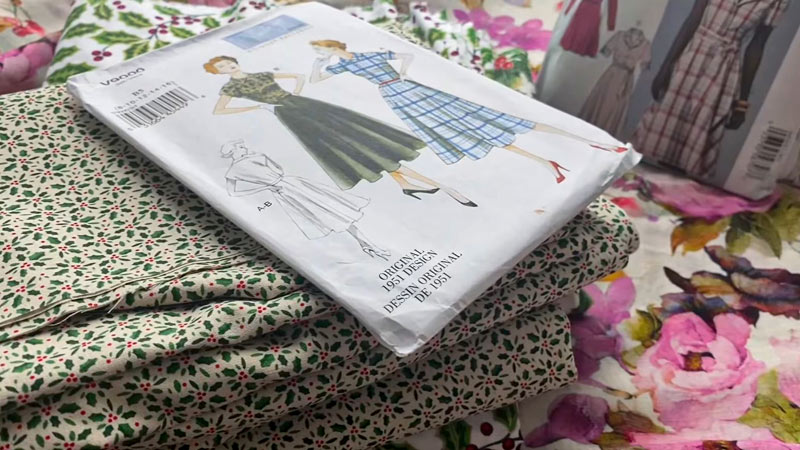
Why Are Sewing Patterns So Expensive?
Sewing patterns often come with a price tag that leaves enthusiasts questioning their cost. Unraveling the mystery behind old sewing patterns’ value involves understanding various factors that contribute to their pricing.
Design Expertise and Creativity
Sewing patterns are not merely outlined on paper; they are the result of intricate design work that requires a combination of artistic flair and technical expertise.
Pattern designers invest time and skill in creating templates that not only reflect current fashion trends but also ensure precise and accurate guidance for the sewing process.
Skillful Drafting and Grading
Crafting a pattern involves more than just drawing a few lines. Pattern makers meticulously draft and grade each size to ensure a precise fit for a diverse range of body shapes.
Achieving this level of accuracy demands advanced skills and attention to detail, driving up the overall cost of pattern creation.
Production Costs
Once the design and drafting phases are complete, the patterns need to be produced. High-quality materials and printing processes are employed to ensure clarity and durability. These production costs, including materials and machinery, contribute significantly to the overall expense.
Testing and Refinement
Before patterns are released to the market, they undergo rigorous testing to ensure that they deliver the promised results.
Pattern designers often create prototypes and work with testers to identify and address any issues with the instructions or fit. This iterative process of testing and refinement adds both time and cost to the production cycle.
Copyright and Intellectual Property
Pattern designers invest considerable effort in creating unique and original designs. Copyright protections ensure that their intellectual property is respected and they receive fair compensation for their work.
Costs associated with legal protection contribute to the overall price of sewing patterns.
Industry Standards and Innovations
The sewing industry, like any other, is subject to evolving standards and trends. Pattern designers need to stay abreast of these changes and continually innovate to meet the demands of an ever-shifting market.
Investment in research and development to create patterns that align with contemporary styles and techniques contributes to their cost.
Distribution and Packaging
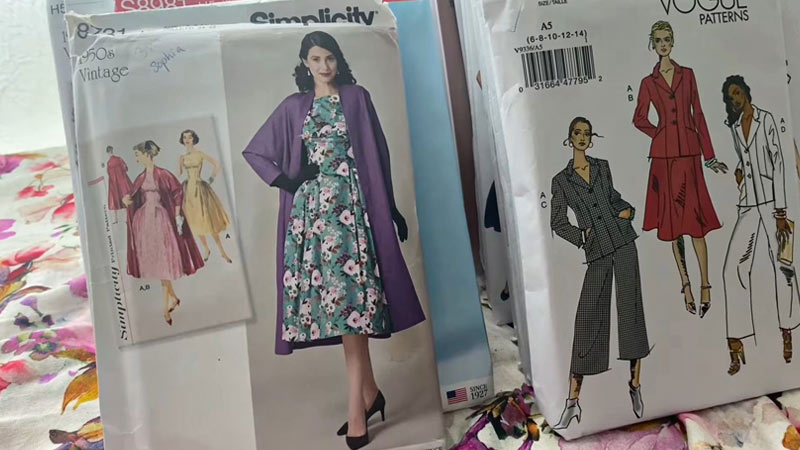
Once patterns are ready for market release, costs related to distribution and packaging come into play. Whether in physical form or as digital downloads, patterns need to be packaged securely to prevent damage.
Distribution channels, whether online or through physical stores, involve additional expenses that factor into the overall pricing.
Marketing and Branding
Establishing a presence in the competitive world of sewing patterns requires effective marketing and branding.
Pattern designers invest in creating visually appealing packaging, maintaining a website, and engaging in promotional activities to reach their target audience. These marketing efforts contribute to the overall cost of bringing patterns to the market.
Limited Production Runs
Unlike mass-produced items, sewing patterns often have limited production runs, leading to higher per-unit costs. The specialized nature of pattern creation and the niche market they serve contribute to economies of scale that differ from those of mainstream consumer products.
Demand and Supply Dynamics
The law of supply and demand plays a role in the pricing of sewing patterns. Due to increased demand, limited-edition or highly sought-after designs may come with a higher price tag. Conversely, patterns with lower demand may be priced higher to offset the production costs.
10 Popular Vogue Dress Patterns
Vogue Sewing Patterns offers a diverse range of options for sewists, from timeless classics to contemporary designs. These popular patterns provide a foundation for creativity, allowing individuals to showcase their style and skills through beautifully crafted garments.
Vogue Pattern V9253 – Misses’ Gathered-Waist Dresses
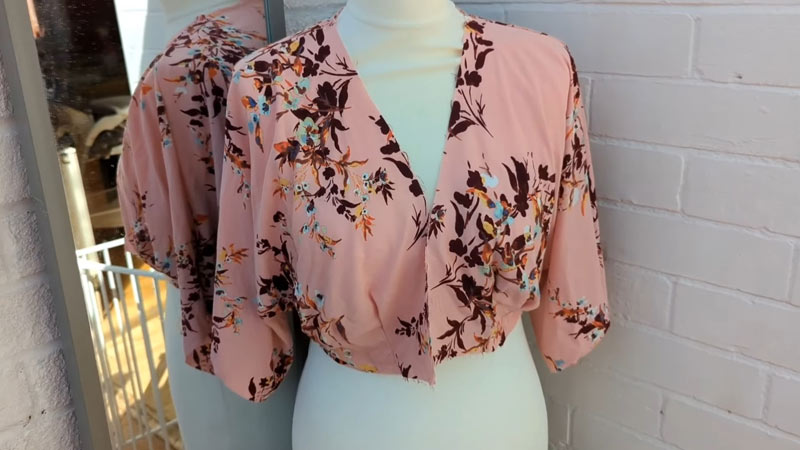
This elegant dress pattern features a gathered waist and a flowing skirt. With various neckline and sleeve options, it offers versatility for different occasions.
The design is suitable for both casual and formal events, making it a popular choice among sewists looking for a timeless and flattering silhouette.
Vogue Patterns V8648 – Misses’ Dress with Pleated Bodice
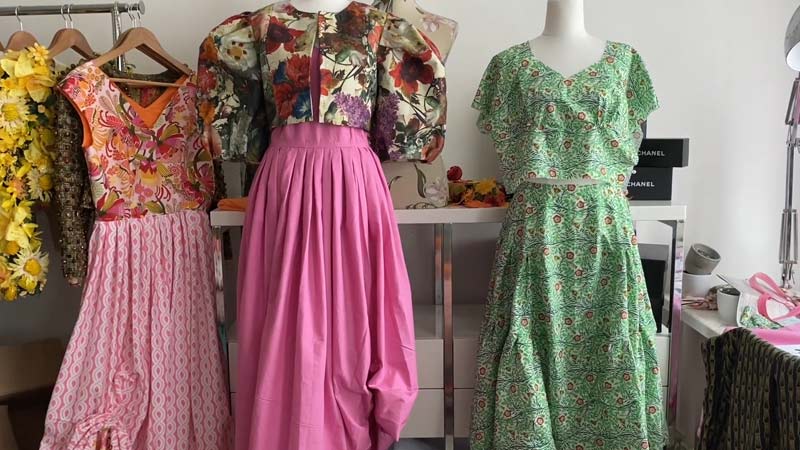
Known for its classic appeal, this pattern combines a fitted bodice with a pleated skirt. The dress exudes sophistication and is perfect for showcasing bold fabrics.
With sleeve and length variations, sewists can customize it to suit their personal style, making it a staple in many wardrobes.
Vogue Patterns V9251 – Misses’ Fit and Flare Dresses
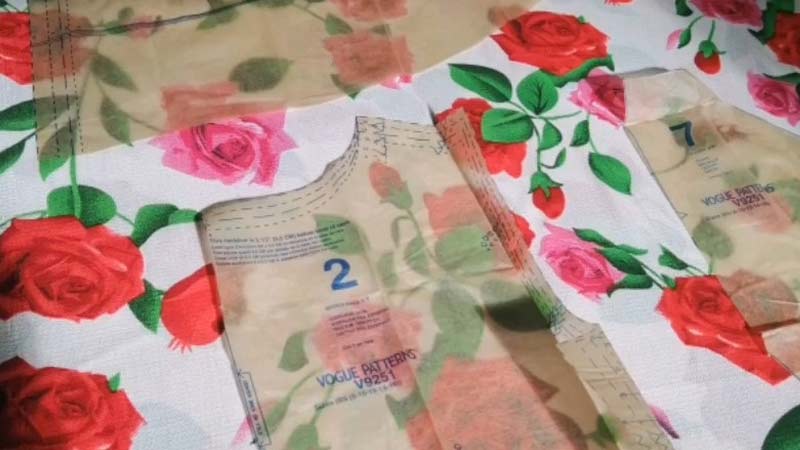
This fit-and-flare dress pattern from Vogue is a favorite for those seeking a feminine and flattering silhouette.
The design accentuates the waist and flares at the hips, creating an elegant and timeless look. With options for different sleeve lengths and necklines, it provides versatility for various occasions.
Vogue Patterns V9355 – Misses’ Wrap Dress
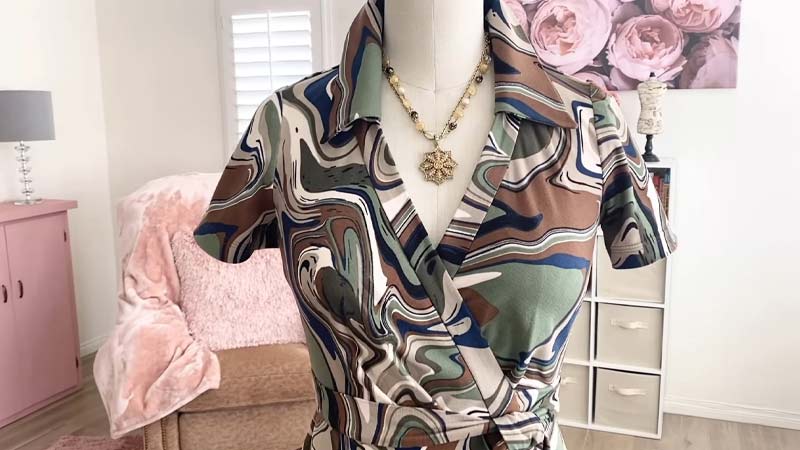
The wrap dress remains a fashion classic, and Vogue’s take on this iconic design is both stylish and comfortable.
This pattern allows for customization with different sleeve and length options. The wrap detail adds a touch of sophistication, making it a popular choice for both day and evening wear.
Vogue Patterns V9208 – Misses’ Buttont Dresses
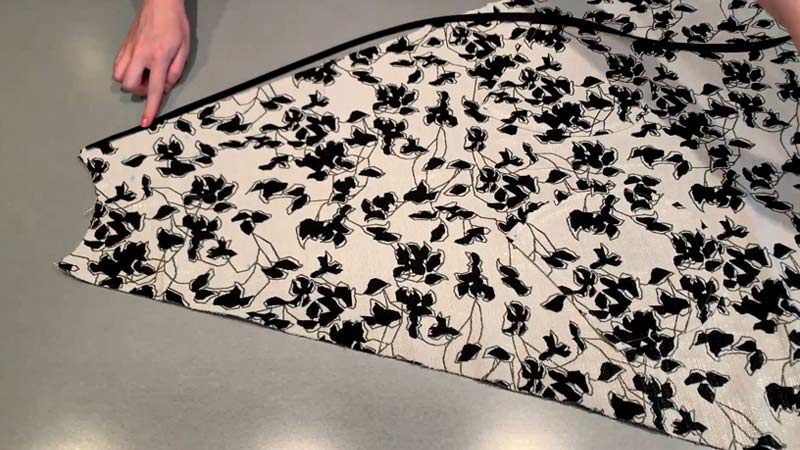
Featuring a button-front closure, this dress pattern offers a versatile and on-trend option for sewists.
The design allows for creativity with fabric choices and styling. With different sleeve lengths and collar options, it can be adapted to suit various seasons and occasions.
Vogue Patterns V9313 – Misses’ Off-the-Shoulder Dresses
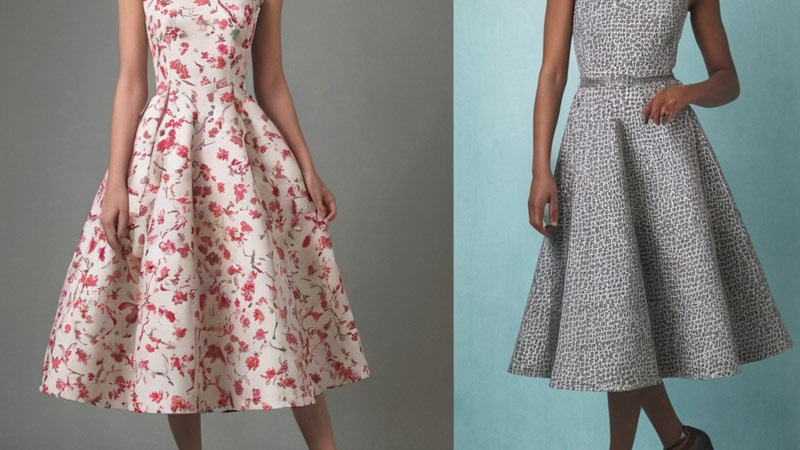
For those looking to showcase their shoulders, this off-the-shoulder dress pattern is a standout choice. The design combines a fitted bodice with a flared skirt, creating a romantic and stylish look.
This pattern has gained popularity for its on-trend appeal and the opportunity to experiment with different fabrics.
Vogue Patterns V9259 – Misses’ Mock Wrap Dresses
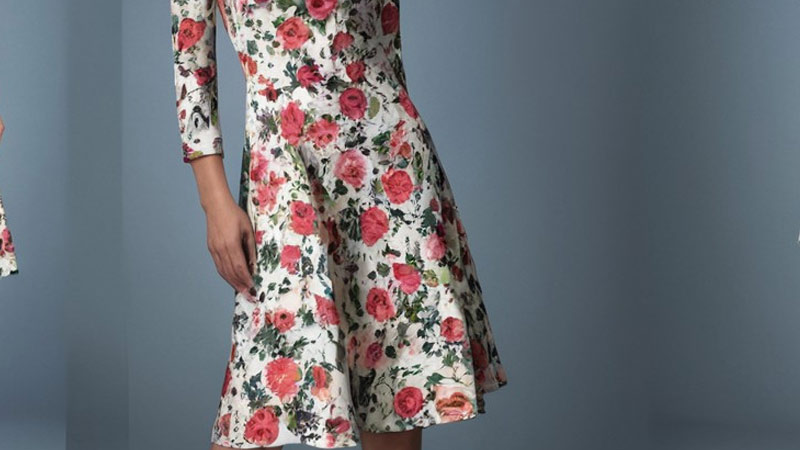
This mock wrap dress pattern offers the elegance of a wrap dress without the fuss. With a fitted bodice and a flared skirt, it provides a flattering silhouette.
The mock wrap detail adds visual interest, making it a popular choice for sewists who appreciate classic designs with a modern twist.
Vogue Patterns V9257 – Misses’ Fit and Flare Panel Dresses
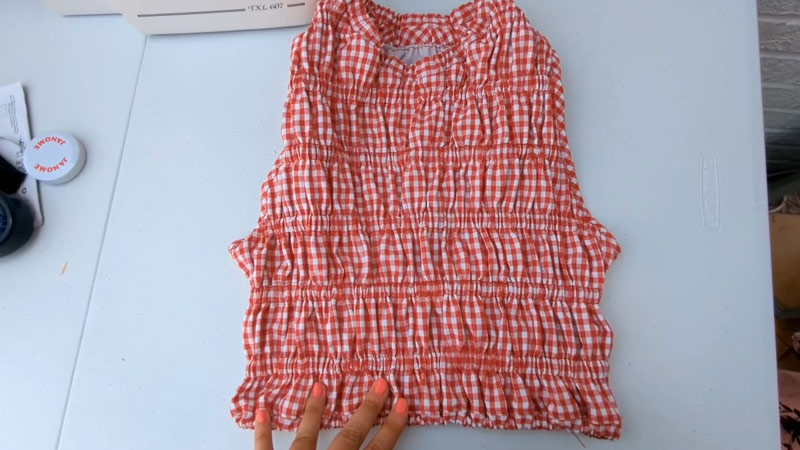
Adding a contemporary touch to the fit and flare silhouette, this pattern features panel details that create visual interest and enhance the overall design.
With options for different sleeve lengths and necklines, it allows sewists to showcase their creativity while maintaining a timeless and feminine look.
Vogue Patterns V9328 – Misses’ Twist-Front Dresses
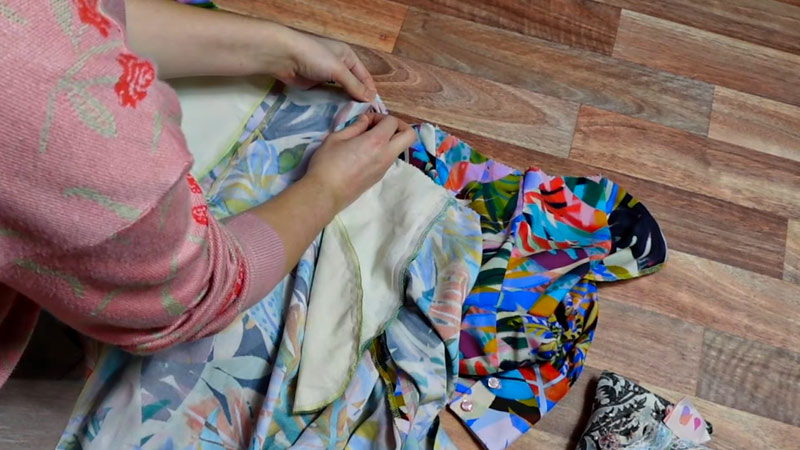
Embracing a unique twist-front detail, this dress pattern stands out for its innovative design.
The twist at the bodice adds a modern and stylish element, making it a favorite among those seeking a fashion-forward dress option. With various sleeve and length choices, it offers versatility for different occasions.
Vogue Patterns V9255 – Misses’ Flared Hem Dresses
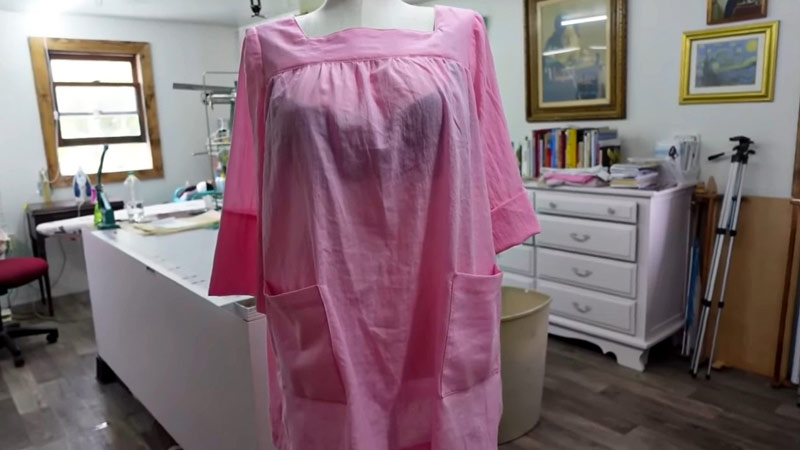
This pattern features a flared hem, adding a touch of drama and movement to the dress. A fitted bodice and flared skirt provide a flattering and feminine silhouette.
The design is suitable for both casual and more formal events, making it a versatile option for sewers looking to make a statement.
FAQs
Why are some sewing patterns more expensive than others?
Sewing pattern prices can vary based on factors like the complexity of the design, the skill level required, the quality of materials used, and the reputation of the pattern designer. Intricate designs, advanced drafting techniques, and high-quality production processes increase costs.
Do digital sewing patterns cost less than physical ones?
Digital sewing patterns often have lower production and distribution costs, as they don’t require physical materials like paper and packaging. However, the pricing difference may also reflect the value of the digital file, the designer’s expertise, and the convenience of instant access.
Can I create my sewing patterns to save money?
While creating your own patterns can be a cost-effective option, it requires a significant investment of time, skill, and knowledge in pattern drafting. Designing patterns involves a learning curve, and the intricacies of achieving accurate fit and style can be challenging for beginners.
Are there ways to find affordable sewing patterns without compromising quality?
Yes, there are several ways to find affordable sewing patterns. Look for sales or promotions from reputable pattern designers, explore independent pattern companies, participate in pattern swaps with other sewists, or consider using free patterns available online.
Do expensive sewing patterns guarantee better results?
While the price of a sewing pattern may reflect the designer’s expertise and the quality of materials, it doesn’t necessarily guarantee better results. Success in sewing depends on various factors, including your skill level, understanding of the instructions, and proper fabric selection.
Conclusion
The seemingly steep cost of sewing patterns can be attributed to a tapestry of factors that extend far beyond the tangible paper or digital files they are comprised of.
From the meticulous design process that demands skilled expertise to the intricacies of production and distribution, every thread in the pattern-making journey contributes to its final price.
Copyright protections, evolving industry standards, and the continuous quest for innovation add layers to this complex narrative.
As we close the chapter on the mystery of expensive sewing patterns, it becomes clear that the value embedded in these templates extends beyond the mere transfer of shapes onto fabric. They encapsulate the expertise, creativity, and industry dynamics that collectively elevate the art of crafting.
While the cost may seem high at first glance, understanding the investment behind each pattern allows us to appreciate the craftsmanship and dedication that goes into creating these indispensable tools.
Meta:
Do you know why sewing patterns are so expensive? Let’s dive into the world of sewing patterns and unravel the mystery behind their costs.
Leave a Reply